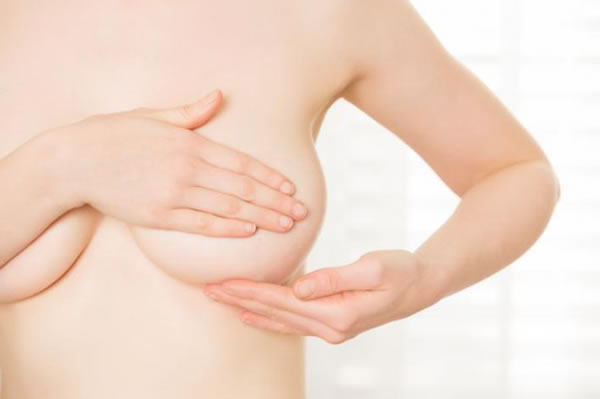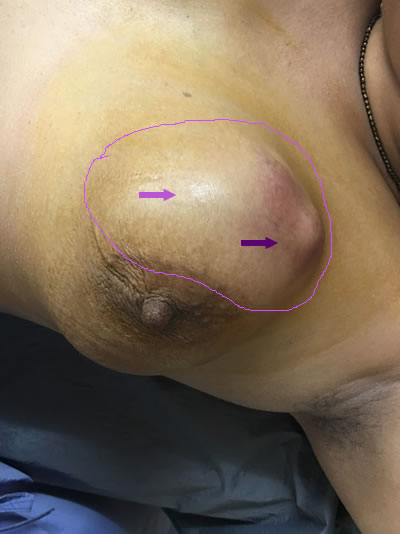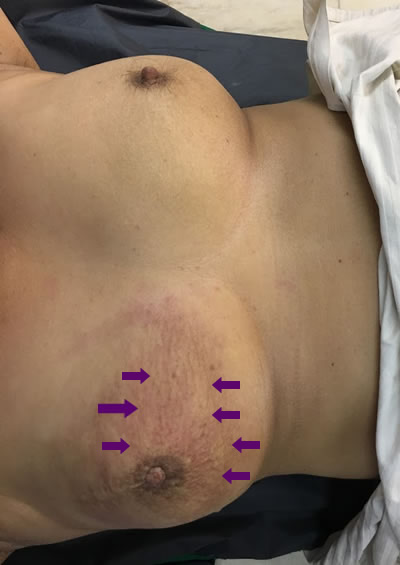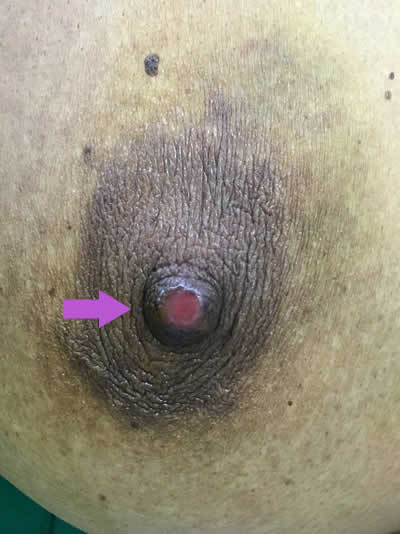I think I feel a 'Lump'
in my breast
A 'lump' or a 'hard knot' in the breast, is by far, the most common symptom, with which a lady usually presents to us. It may or may not be associated with pain, most often not. Some women notice it while taking a bath, while others notice it while changing into night clothes. Some feel a pain, which brings them to notice the lump.



